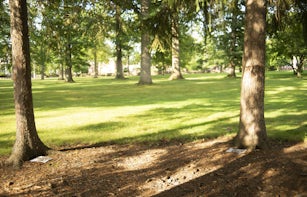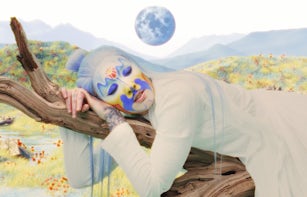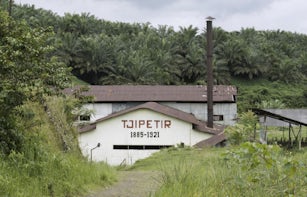
After gaining Independence from France in 1953, Cambodia went through an unprecedented process of urbanisation and modernisation. Many housing projects were constructed in Phnom Penh in response to the burgeoning urban population. Among those were the Municipal Apartments, one of the first experiments in multi-storey, modernist, apartment-style housing in Cambodia designed by Cambodian architect Lu Ban Hap with Ukraine-born French engineer Vladimir Bodiansky. The structure was conceived along similar lines to the Carrières Centrales Housing Project (1953) in Casablanca, Morocco, designed by Bodiansky and others under the aegis of ATBAT-Afrique. 1 The Municipal Apartments, later known as the White Building – in a precarious condition until its demolition – primarily housed municipal staff and then gradually cultural workers and low-to-mid income families who were seeking to own new homes in the face-changing city.

The White Building was in fact part of a larger project called Front du Bassac or Bassac River Front, a public and cultural complex built on reclaimed land along the Bassac River. It comprised several social housing structures, a National Theatre, the Sangkum Reastr Niyum Exhibition Hall, and recreational parks. Altogether, the district represented a new vision of independent Cambodia: a pro-public and pro-culture regime, under the leadership of Norodom Sihanouk and his political movement, the Sangkum Reastr Niyum or ‘People’s Socialist Community’. Strategically located to the east of the Independence Monument along Preah Sihanouk Boulevard, the Bassac River Front emerged from the river’s waters and was the first part of the city to be illuminated each day by the sunrise. A new future of Cambodia was born. A future that was an effect of the Independence and symbolised by the ‘boulevard of Norodom Sihanouk’. By transforming nature (the river) into a built environment for cultural infrastructure, the Bassac River Front offered a vision for connecting art with the public, translated into a physical space.
After the fall of the Khmer Rouge regime (1975–79), surviving artists were the first residents to come and live in the White Building while resuming work at the nearby National Theatre. The neighbourhood grew again as an artist village. Until 2010, it housed a vibrant community of more than 2500 residents, including different generations of artists, craftspeople, cultural workers, civil servants, street vendors and migrants from the countryside. Over the years, the residents had altered and adapted the structure to accommodate more spaces for their practical housing and living needs. The White Building had become a vibrant, creative and self-sufficient micro-city in itself, encompassing market stalls, restaurants, cafés, salons, entertainment houses and a community school. It was an extraordinary model of what an urban architectural block could be: an infrastructure that (even if unintentionally) allowed rooms for the residents to further transform and repurpose their space into an organically growing and lively neighbourhood.

In awareness of the White Building’s dense historical and contemporary context, the Stiev Selapak (‘Art Rebels’) arts collective, of which I myself was a part, decided in 2010 to start Sa Sa Art Projects from an apartment inside this neighbourhood. We wanted to revisit the 1960s vision of building a society through public culture, experimentation and transformation of the built environment. We committed to experimental art practices grounded in interaction with everyday, ordinary people and artists from the White Building community, while fostering dialogue with audiences and artists from the city and beyond. We were interested in how art and community can transform each other. We wanted to explore, learn and share contemporary art by experimenting with different modes of engagement other than exhibitions; these included art classes, workshops, residencies, events and collaborations.
The process of making and presenting artworks and events at the White Building was the premise for building a transformative dialogue among the residents, visiting and resident artists, and Sa Sa Art Projects. Previously restricted to the interior space, our events began to happen throughout the neighbourhood. Local students and artists would negotiate with residents to transform their places into ones in which people could experience art. For example, a café was converted into a community cinema screening different kinds of moving image works (including short video documentaries, contemporary video art, educational animation and award-winning feature films) ; the street and the building’s rooftop became platforms for traditional and contemporary performances; and a residence’s exterior wall was transformed into a living installation of photographs where the residents collected their pictures over time. These kinds of short-lived events produced experiences and conversations rather than tangible outcomes or products. In this case, art enriched the community relationship and, in turn, allowed the community to challenge and alter the art itself. Art was infused into the fabric of everyday life, either becoming a part of life or temporarily disrupting and transmuting it, highlighting the neighbourhood’s resourcefulness.




